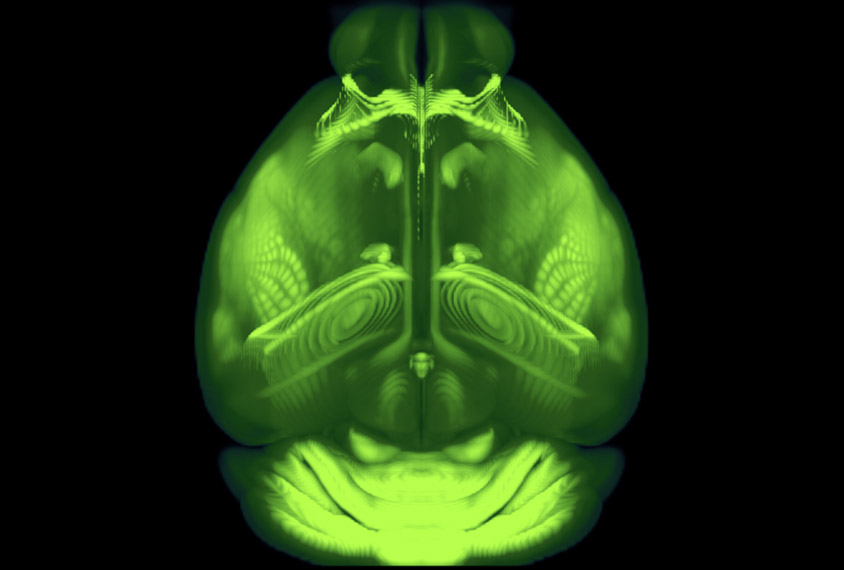

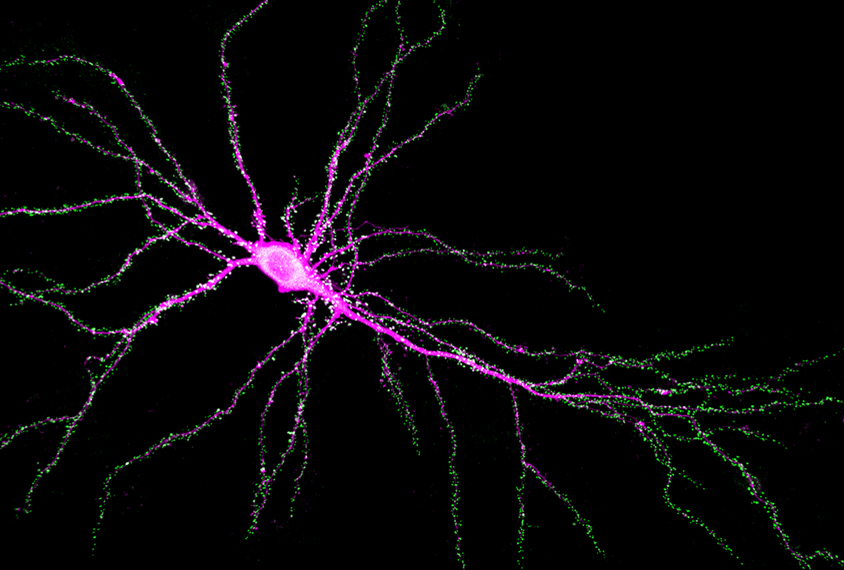
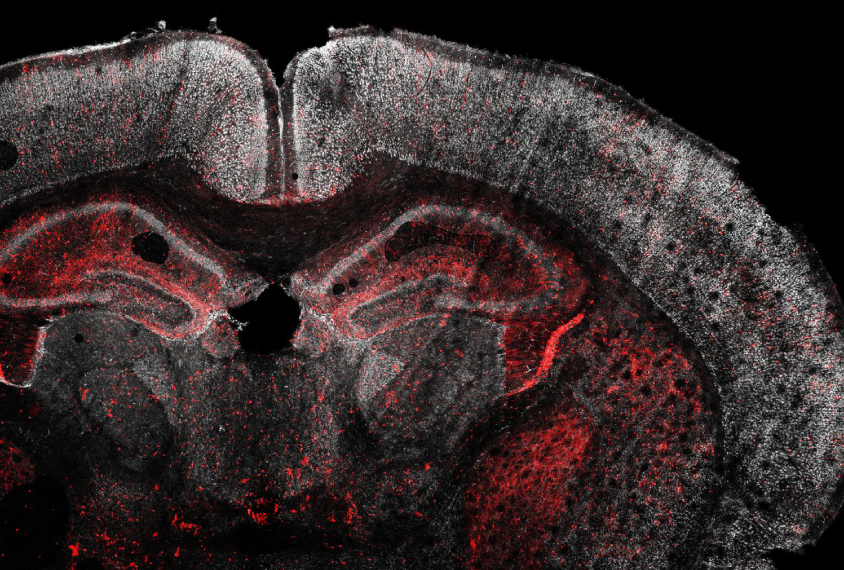
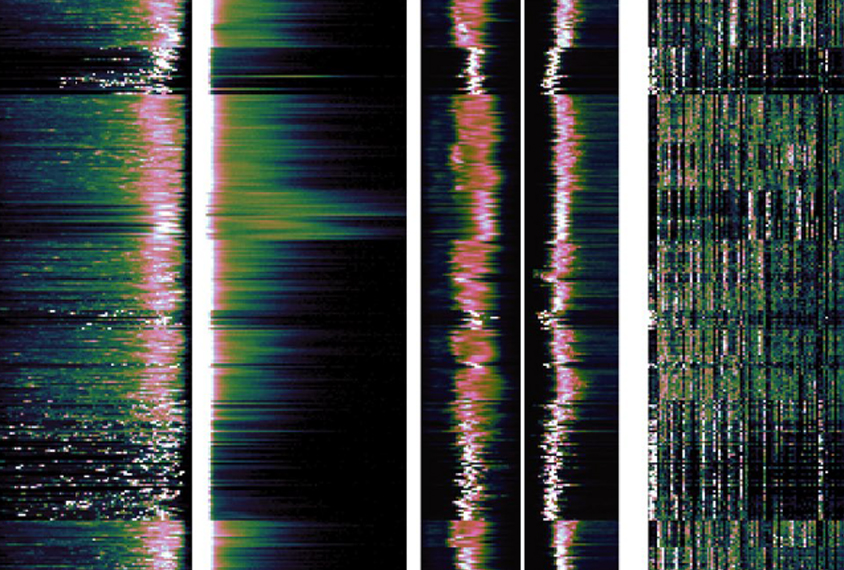
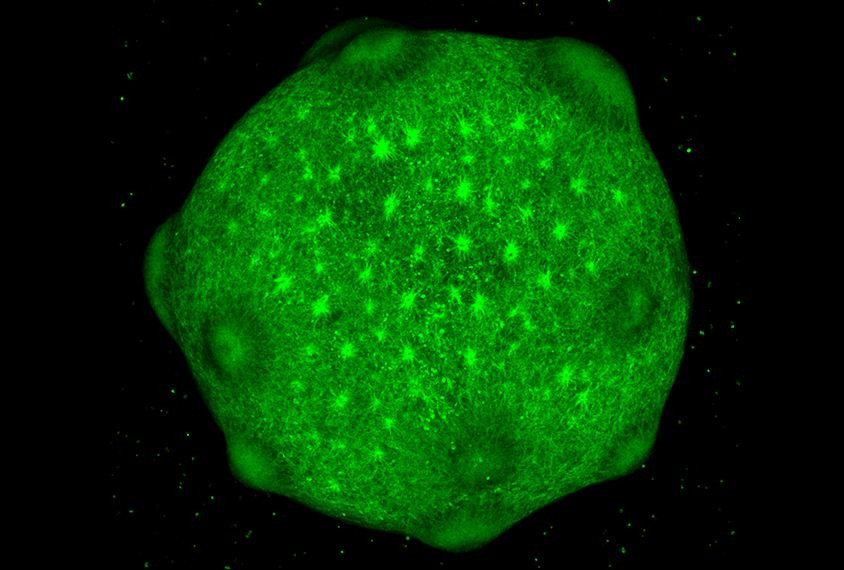
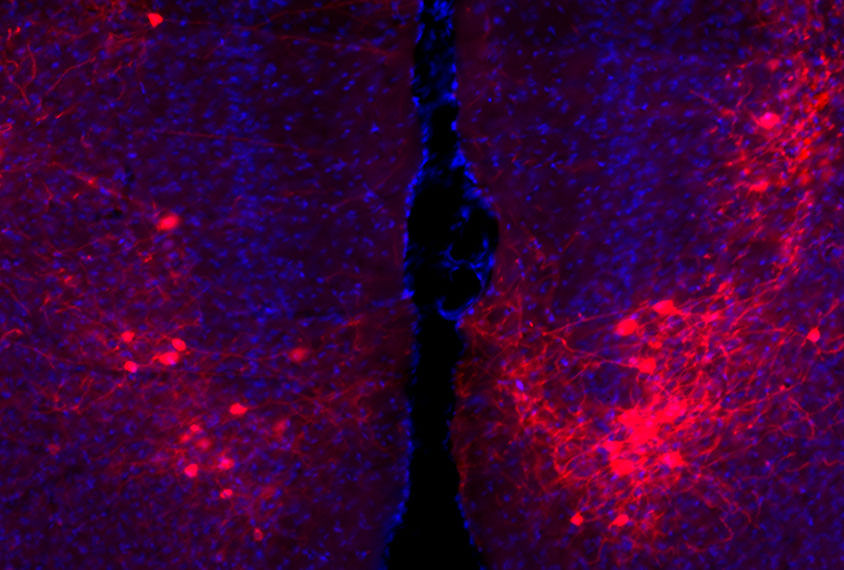
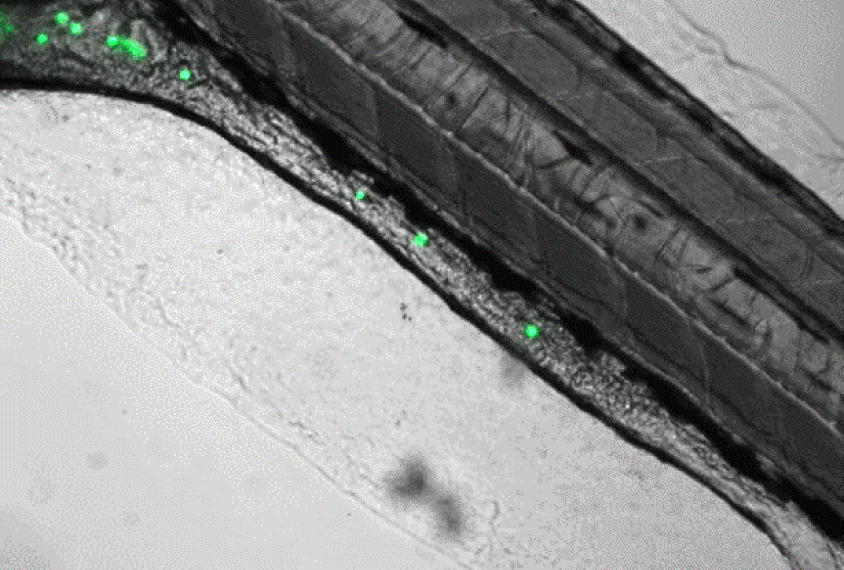
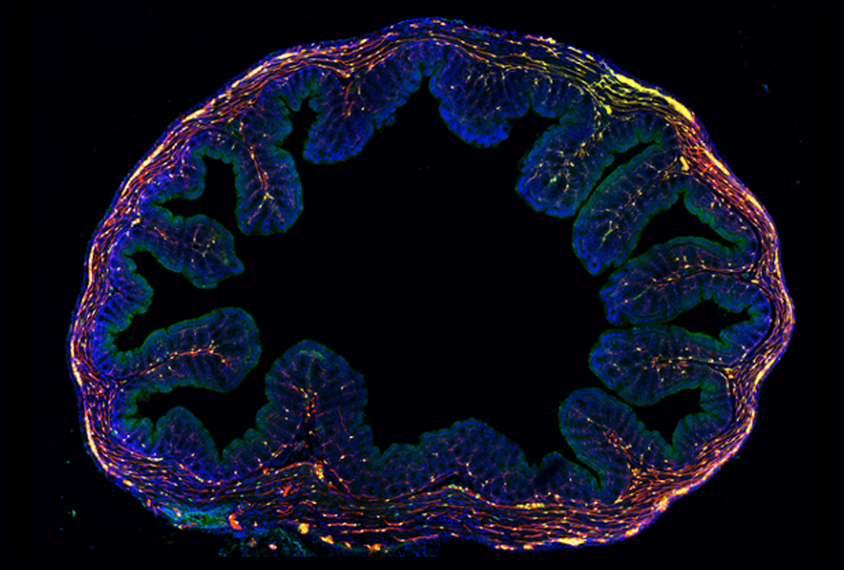
Precise pictures: This top-down view of the mouse brain is part of a new atlas that provides the most detailed 3D views to date. Researchers can use the reference to combine, analyze and share various types of mouse brain data.
Courtesy of the Allen Institute for Brain Science
Bridging the gap: SYNGAP1 protein is located mostly at synapses, the junctions between neurons, (green) where it helps brain cells pass along chemical signals. People with a mutated copy of SYNGAP1 often have autism, as well as intellectual disability, epilepsy and an impaired gait.
Courtesy of Rick Huganir
Cell by cell: A new technique called Perturb-seq makes it possible to screen for multiple autism-gene mutations (red), one by one, in living mice and to analyze their effects in individual cells.
Courtesy of Xin Jin / Harvard University
Drug targets: Fifteen different drugs commonly prescribed to people with autism created unique behavioral signatures in mice.
Courtesy of Alex Wiltschko / Harvard University
Electric organoid: Neurons derived from people with 22q11.2 syndrome are hyperexcitable and show calcium-signaling deficits.
Courtesy of Pasca lab
Short circuit: Stimulation of neurons that extend from the prefrontal cortex to the amygdala (pink) causes social problems in mice.
Courtesy of Wen-Chin Huang / Page Laboratory at The Scripps Research Institute
View to the loo: Young zebrafish have transparent skin, which allows researchers to track the movements of glowing beads through their gut.
Courtesy of Julia Dallman
Neuron network: Gut neurons and glia (red, green) are fragile and interwoven with other cells (blue) in the colon, making them tricky to isolate.
Courtesy of E. Drokhlyansky, C. Smillie, N. Van Wittenberghe, and L. Caplan / Broad Institute
Recommended reading

New organoid atlas unveils four neurodevelopmental signatures
By
Diana Kwon
17 December 2025 | 4 min read
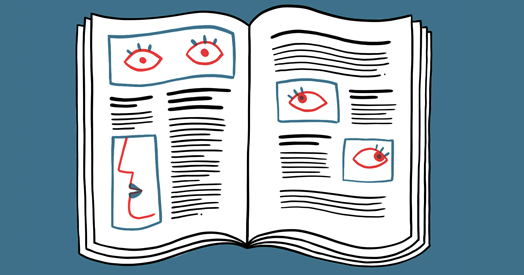
Glutamate receptors, mRNA transcripts and SYNGAP1; and more
By
Jill Adams
16 December 2025 | 2 min read

Among brain changes studied in autism, spotlight shifts to subcortex
By
Holly Barker
11 December 2025 | 5 min read
Explore more from The Transmitter

Psychedelics research in rodents has a behavior problem
By
Calli McMurray
19 December 2025 | 8 min read
Can neuroscientists decode memories solely from a map of synaptic connections?
By
Paul Middlebrooks
17 December 2025 | 1 min read
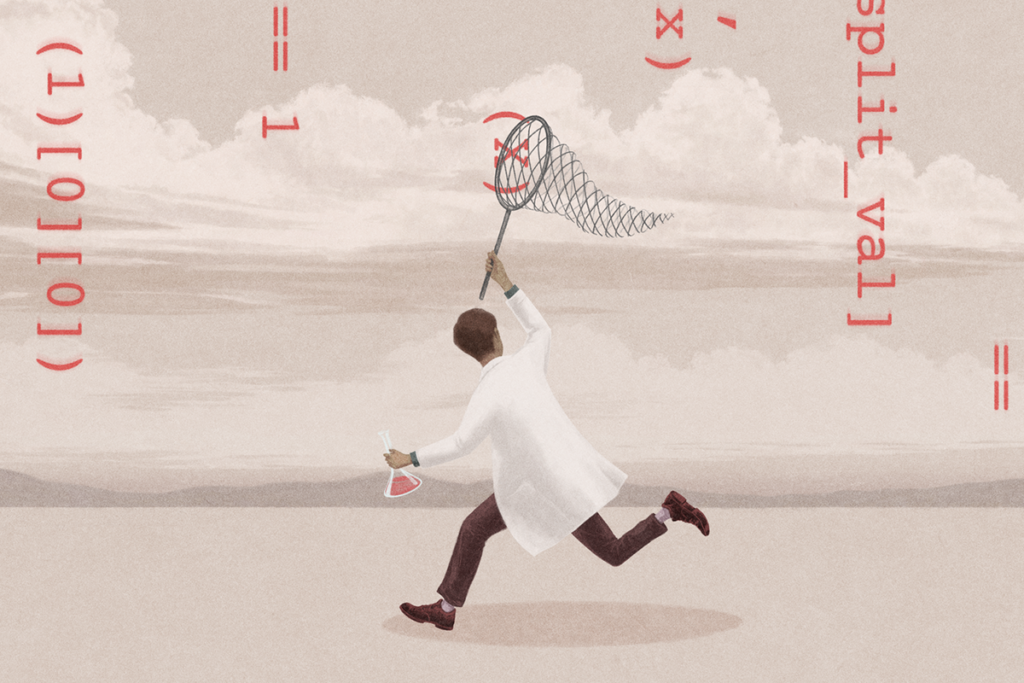
AI-assisted coding: 10 simple rules to maintain scientific rigor
By
Russell Poldrack
16 December 2025 | 7 min read
Cite this article: